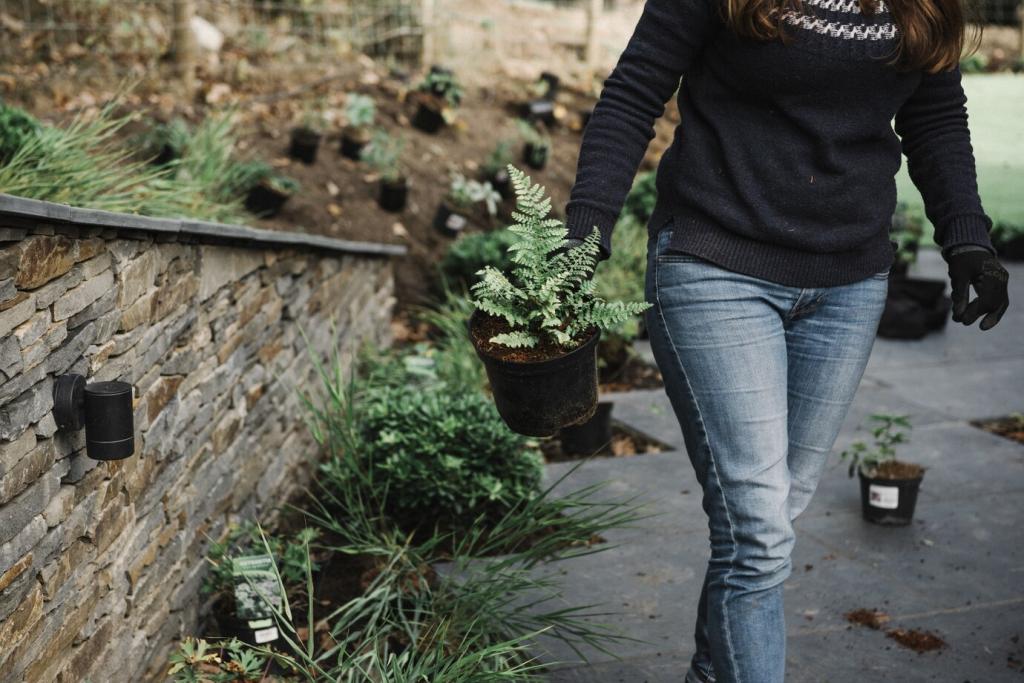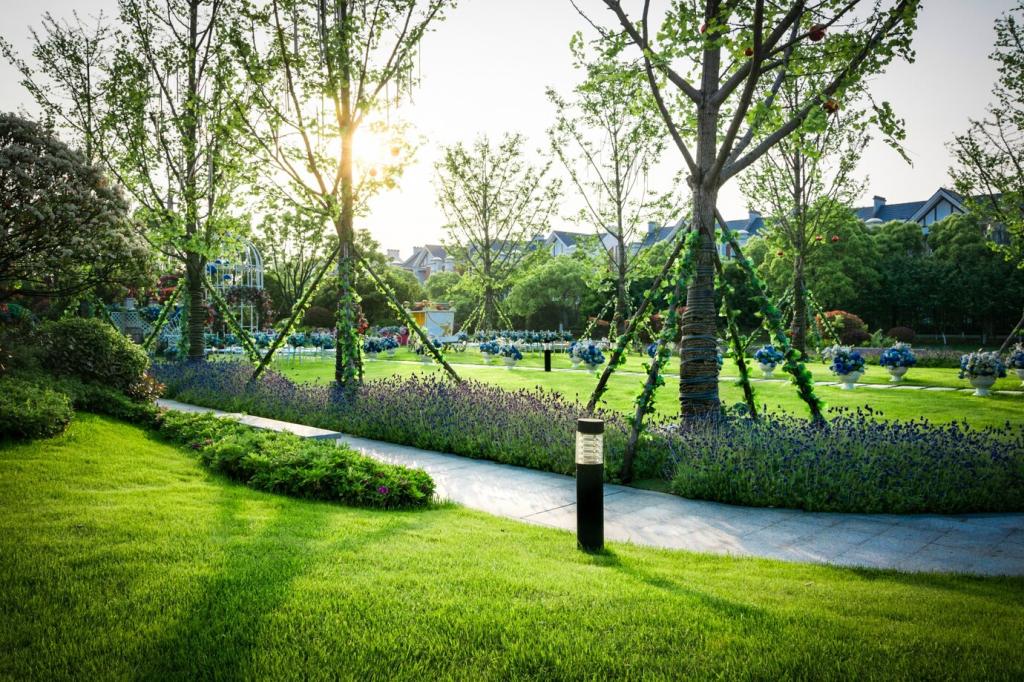Welcoming Water the Wildlife Way
Start with a shallow, rough-textured dish for bees and birds, then dream up a tiny pond with sloped edges for safe exits. Share your size constraints, and we will brainstorm creative placements together.
Welcoming Water the Wildlife Way
Refresh birdbaths often, add movement with a small bubbler, and use Bacillus thuringiensis israelensis dunks when needed. Keep edges shallow for pollinators. Comment with maintenance routines that fit your weekly schedule.
Welcoming Water the Wildlife Way
A rain garden captures roof runoff, hydrates deep roots, and filters pollutants before they reach streams. Subscribe for a simple layout guide, and share your downspout details so readers can suggest plant pairings.





